By Jackie Clay-Atkinson
As winter approaches, we all are thinking of ways to make our livestock and poultry as comfortable as possible when the cold weather hits. Visions of blowing and drifting snow swirl in the backs of our minds. But even in the coldest areas of the country, our chickens can remain comfortable and happy even when blizzards rage outside and the temperature drops.
Because I’ve lived most of my life in northern climates and have always had chickens, I’ve learned a lot about keeping them safe and contented during winter months. Let me say, it is amazing how much chickens enjoy going outside on sunny days, even in the middle of a sub-zero winter. Just like the chickadees in the pines, our hens sunbathe against the south wall of their coop, singing and cackling happily just like it was summer.
But they do have a few needs that should be met to keep them healthy.
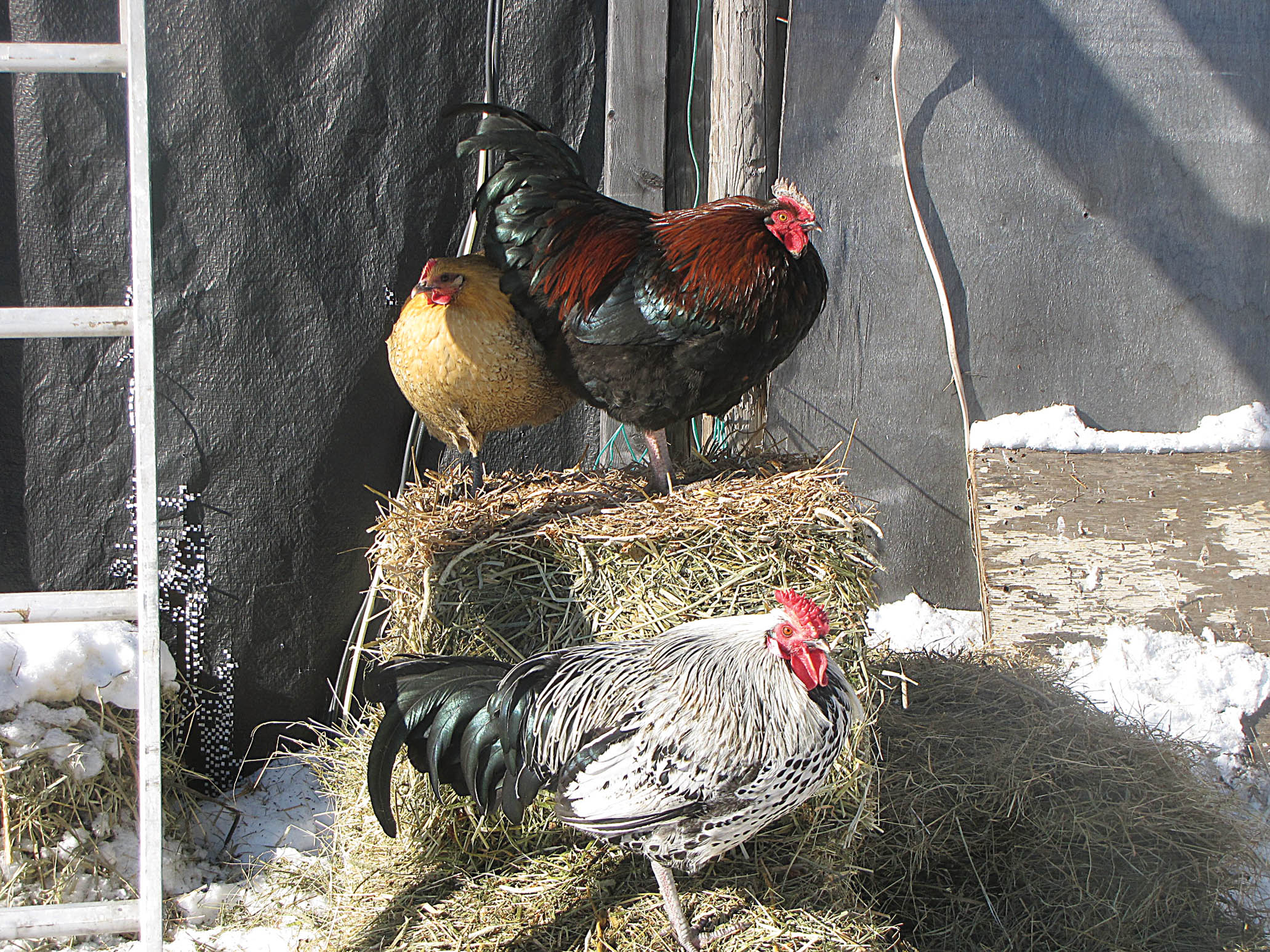
Our chickens happily sunbathe outside even when it’s sub-zero.
We like bedding chickens with wood shavings. It insulates the ground and is easy to clean out come spring.
Housing
In extreme northern, cold climates, it’s best to provide the chickens with an insulated coop. It need not be fancy but adding a few inches of foam board insulation to the walls and ceiling of the coop really helps keep the birds warmer, especially when icy winter winds blow. This insulation does need to be covered with something such as plywood, OSB, or boards as chickens will pick and eat this insulation. It really isn’t good for them, and having big, gaping holes in the insulated walls does nothing to keep the chickens warm.
Or, like a house, you can use fiberglass insulation between the wall studs and rafters. But, again, you do need to cover it with siding or the birds will peck and pull it apart. Besides, it becomes a great attraction to nesting mice.
Ventilation
Do make sure the coop has ventilation, however. You do not want to create an airtight building because moisture buildup, due to breathing and manure, can create respiratory problems such as pneumonia and disease. A simple crack on the down-wind side of the coop which can be covered with a flip down board in storms is adequate.
A south-facing window will not only let in the sun’s warmth during the winter but also light to keep those girls happy and singing all winter long.
Yes, chickens can and do live happily in uninsulated coops but breeds with combs will sometimes have their combs frozen during cold spells. The combs will swell and darken and finally fall off. It doesn’t seem to bother the chickens but I don’t like to see that happen. Having breeds with rose combs, which lay tighter to the head, will prevent this as will having an insulated coop.
The roosts are best constructed of round poles, about an inch and half to two inches in diameter. These are not only comfortable for the chickens to grasp but the wood helps keep their feet warm while roosting. I’ve seen some folks make roosts from pipe, but steel holds the cold and is also slippery for the birds to grasp.
In cold country, having a coop that is fairly short, having enough room for the caregiver to walk in but not much more, will help keep the heat down lower, closer to the chickens. Heat rises and if the coop is high, the warmth will rise above the birds. Warmer climates benefit from having a higher coop so in the summer, all that heat will rise up and out a wall vent located on a high wall.
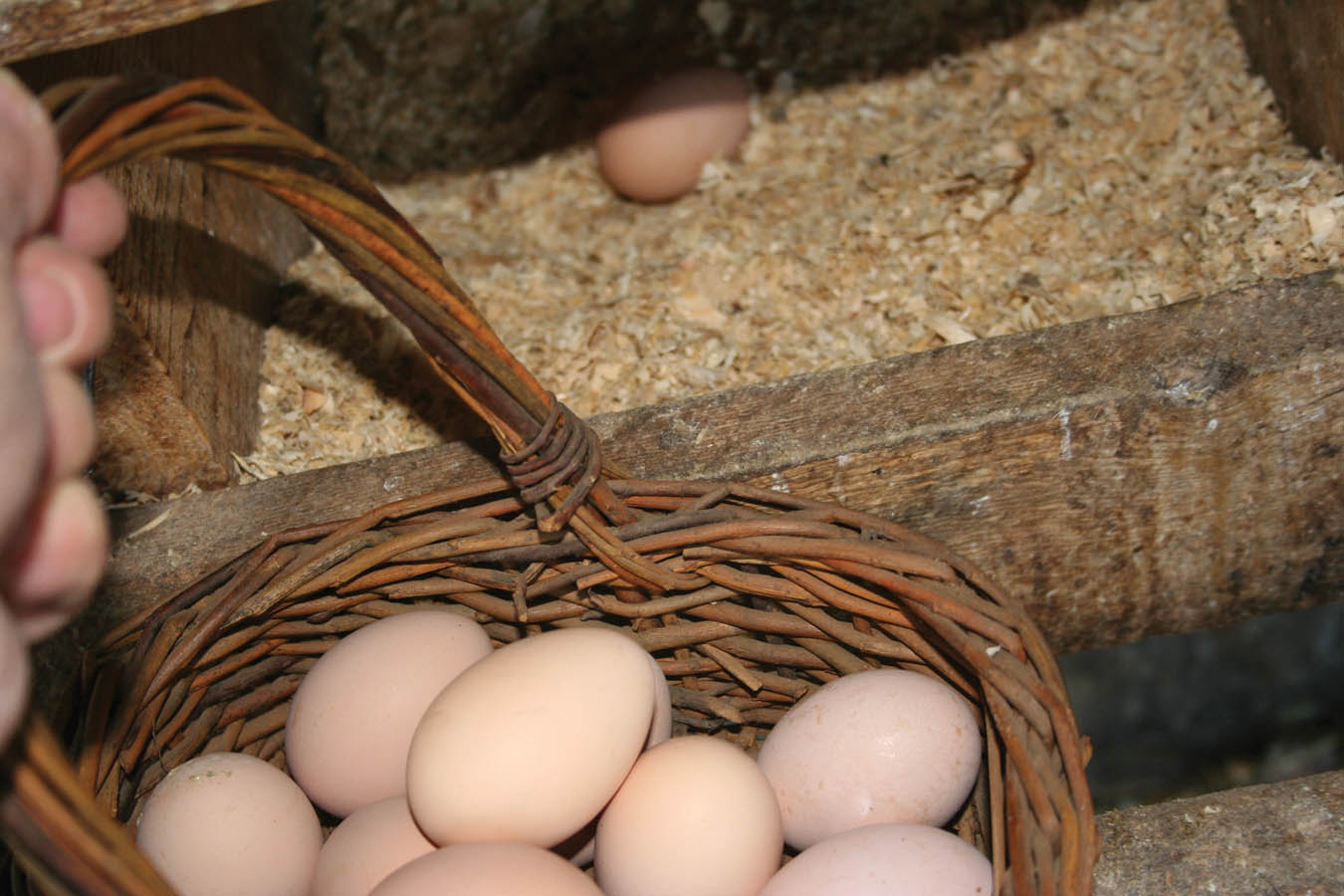
By feeding some higher protein in the early winter and spring, we find we get many more eggs.
Bedding
We’ve found bedding the coop with wood shavings helps keep the chickens warmer in the winter when frozen toes are possible. As we let the bedding build up during the winter, adding more as the manure builds up, by midwinter there is about a foot or so of shavings between the ground and the chickens’ feet. This actually insulates the ground so it doesn’t even freeze in the coldest Minnesota winters. We also line the nest boxes with shavings.
Feed
We feed an 18 percent poultry feed composed of cracked grains during the winter, fed free choice. But we’ve found by adding additional protein in the fall and spring, the chickens will continue laying longer and start in the spring sooner. This extra protein can be soaked alfalfa leaves or meal or even cheap dry cat food. As we live off grid, having a light in the coop in the evenings to keep the girls laying all winter is not an option — yet. We do feel it’s good for the hens to have a little break between bouts of egg laying. And some of our hens are five or six years old, still laying well. In cold spells I often toss a handful of treats such as salad greens or meal worms on the floor and the girls love scratching wildly to find them. This helps warm them up for awhile.
Water
It is important to provide fresh water every day for your flock, even when blizzards blow. Today there are several great electric chicken waterers which keep the water containers from freezing. What a great help! We can’t do that, so I carry out a pail of warm water every morning about 10 am and that lasts the girls all day long. If any ice remains in the rubber dish I use, I take it outside and break the ice out the next day and refill the container.
With common sense and good care, your chickens will stay happy and healthy all winter long, just as the rest of your family will. Enjoy those snowflakes!


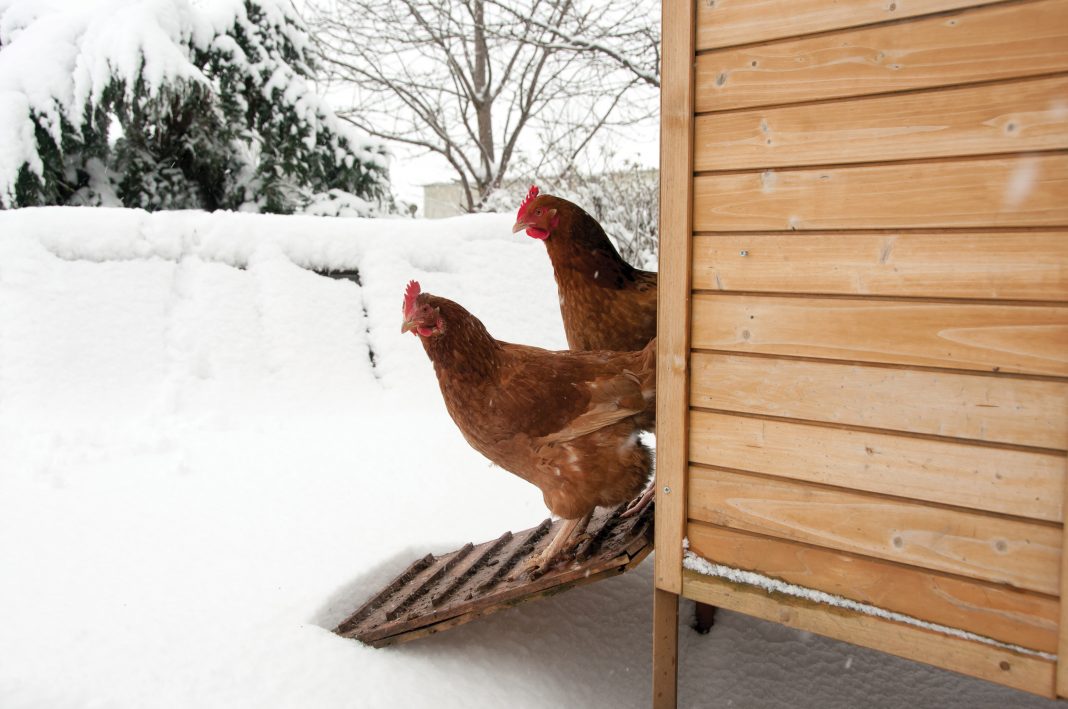
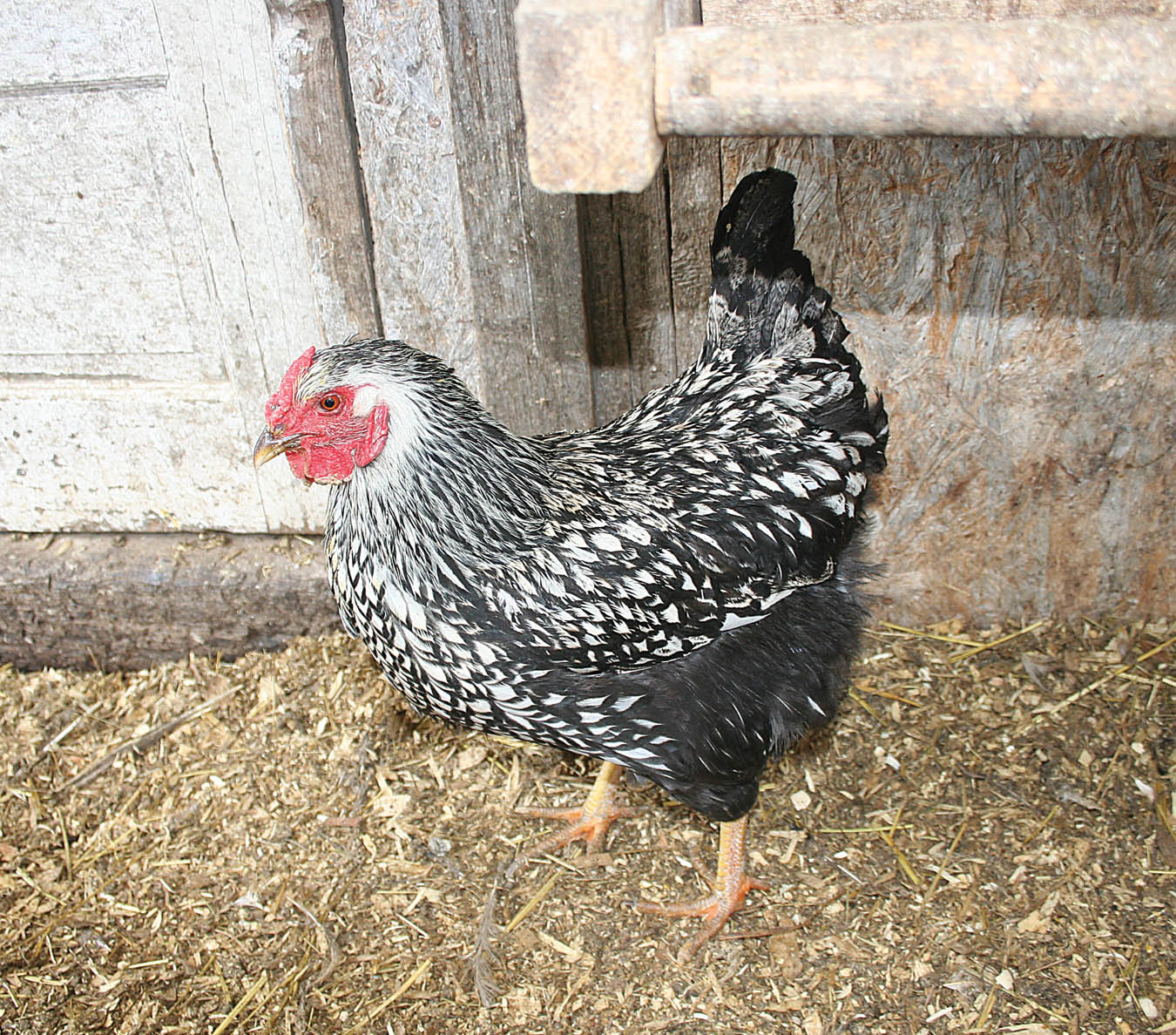

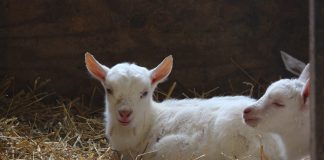








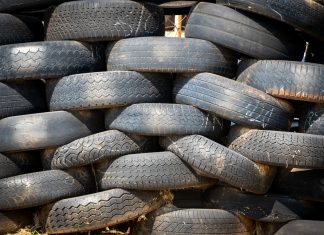

I appreciate your tips so much! We live in pretty warm northern California. Our winters are rarely colder than the forties. But, like a lot of others, we may move north to Idaho, and be in the mountains where it’s cold and when I have hens, I’ll need to know these tips. Thanks.
My husband put about a 18 inch tall by 12 inch wide opening in
the wall on pen side made door that slips over it if it needs to be
shut in the winter that door hangs on a nail above the opening
so its there when I need to shut it. We live in northern Minnesota
my coop is also insulated and I do have 2 infra red heat lamps
hanging from the ceiling plugged into a thermo cube which turns
them on if it gets below 32 and shuts them off at 42. I also have a 40w light bulb on a timer that I can set so that they
always have at least 14 hours of daylight, Works great they
lay eggs all year.
My coup has a fenced yard and is very secure all around and above. What type of door would you recommend to allow easy entry/exit from the coup for the chickens and free me up from having to shut them in and out each day?